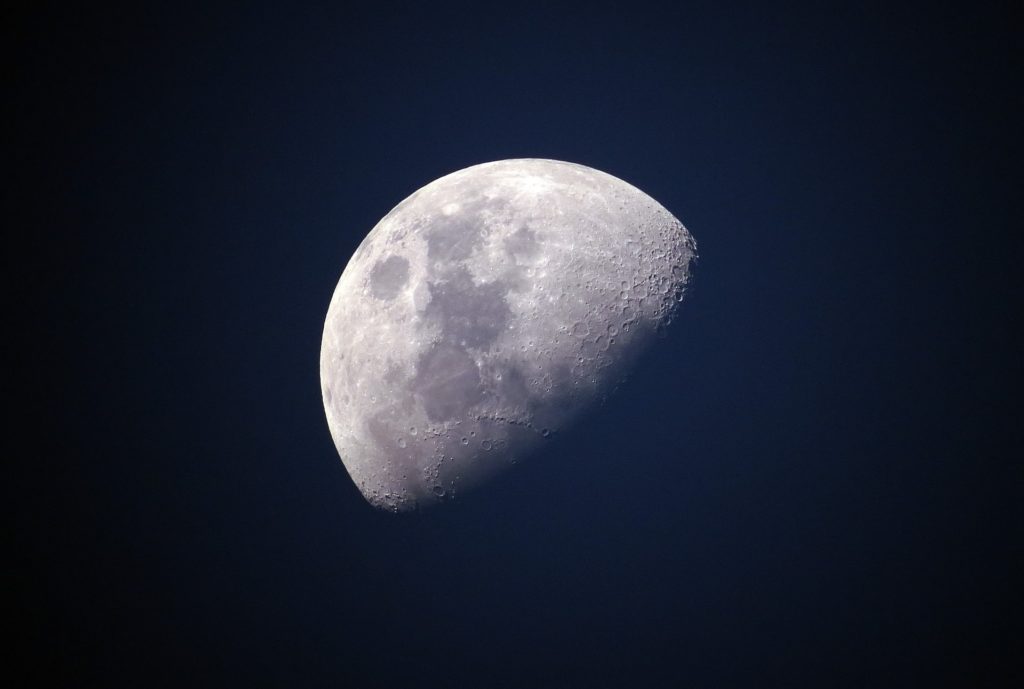
The US National Aeronautics and Space Administration (NASA) said on 23 May it had selected Colorado-based space technology company Maxar Technologies to design, build and launch the core element of its Gateway lunar station: its power, propulsion and communications systems.
The Gateway is a high-power, 50-kilowatt solar electric propulsion spacecraft – three times more powerful than current capabilities – that will serve as a reusable command and service module in lunar orbit.
It will be fitted with large, roll-out solar panels and high-power xenon thrusters that will allow it to change orbits to launch missions to different parts of the Moon, and – as a mobile command and service module – provides a communications relay for human and robotic expeditions to the lunar surface, starting at the Moon’s South Pole.
During lunar expeditions, a team of crew members will remain aboard the Gateway for scientific investigations while a separate team will explore the surface. All crew members ultimately board the Orion spacecraft for a return to Earth.
The US$375 million contract awarded to Maxar includes an indefinite-delivery/indefinite-quantity portion and begins with a 12-month base period of performance, followed by a 26-month option, a 14-month option and two 12-month options.
According to NASA, the spacecraft design will be completed during the base period, after which “the exercise of options will provide for the development, launch, and in-space flight demonstration”. The flight demonstration is expected to last as long as one year, during which the spacecraft will be fully owned and operated by Maxar.
Following a successful demonstration, NASA will have the option to acquire the spacecraft for use as the first element of the Gateway. The agency is targeting launch of the power and propulsion element on a commercial rocket in late 2022.
The Gateway is a central piece in NASA’s plan to send astronauts to the moon by 2024, which is based on a two-phase approach: the first is focused on speed – landing on the Moon in the next five years – while the second plans to establish a sustained human presence on and around the Moon by 2028. NASA then plans to use what its learns on the Moon to prepare to send astronauts to Mars.
“The power and propulsion element is the foundation of Gateway, and a fine example of how partnerships with US companies can help expedite [our] return to the Moon with the first woman and next man by 2024,” NASA Administrator Jim Bridenstine said in a statement. “It will be the key component upon which we will build our lunar Gateway outpost, the cornerstone of NASA’s sustainable and reusable Artemis exploration architecture on and around the Moon.”
“We’re excited to demonstrate our newest technology on the power and propulsion element. Solar electric propulsion is extremely efficient, making it perfect for the Gateway,” added Mike Barrett, power and propulsion element project manager at NASA’s Glenn Research Center in Cleveland.
“This system requires much less propellant than traditional chemical systems, which will allow the Gateway to move more mass around the Moon, like a human landing system and large modules for living and working in orbit,” he said.
“The Gateway can be positioned in a variety of orbits around the Moon, allows for access to entire lunar surface, and supports development of a reusable human lander system,” William Gerstenmaier, associate administrator for Human Exploration and Operations Mission Directorate at NASA Headquarters, said when NASA first accepted the challenge to return to the Moon by 2024.
“Resiliency and reusability are key for sustainable human lunar exploration, and that’s what the Gateway gives us,” he added. “Furthermore, there’s broad interest from the international community for supporting as well.”


Leave a Reply